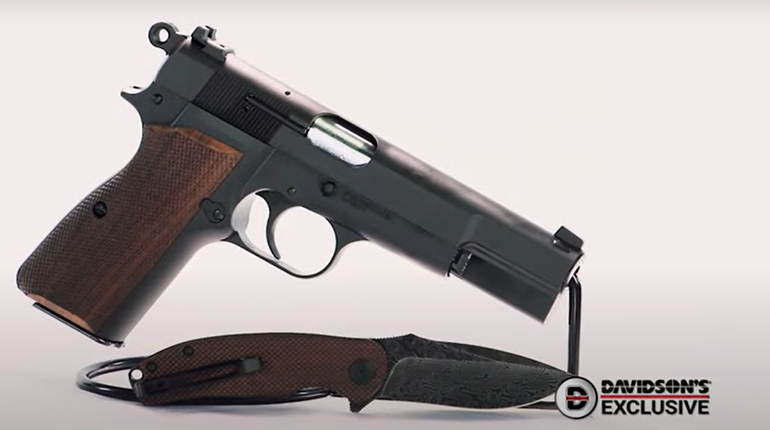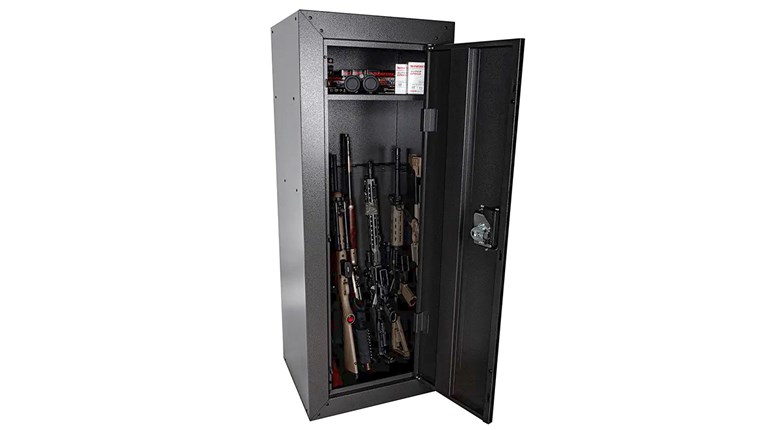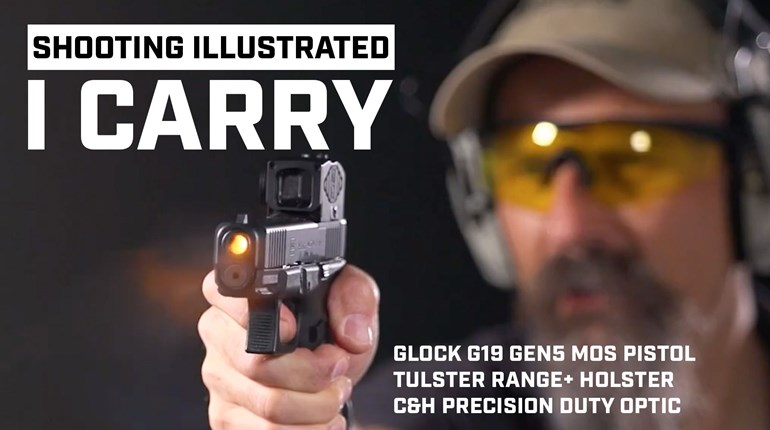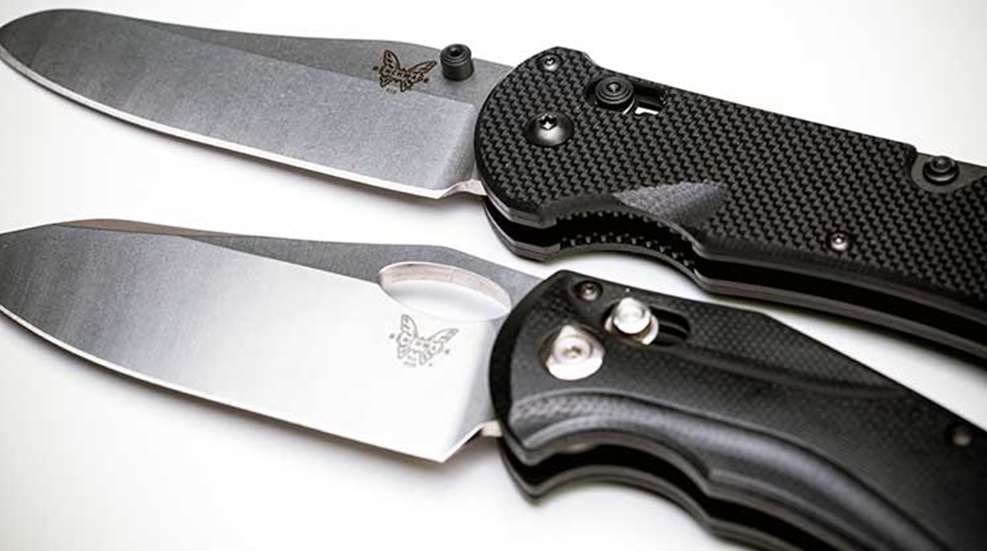
As a professional edged-tools instructor, I am often asked, “What should I look for in an every-day carry or EDC knife?”
To help you decide, the better question is: “What are you going to use the knife for?” Form fits function. If you’re going to use it to dig holes in the ground, then you’re going to need something along the lines of a crowbar with an edge. If you’re going to use it for skinning a deer, then you should look for scalpel-like performance. The same tool is not best suited for both purposes.
If you plan to open letters and packages, plus pick dirt out from under your fingernails or chop off a chunk of beef jerky, then you’re probably not going to use that same crowbar with an edge.
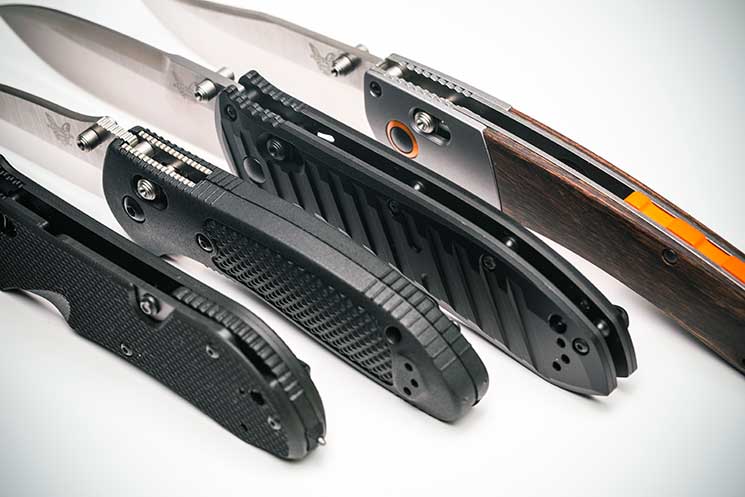
Starting with the basics, you need to decide between fixed and folding. The advantages of a fixed blade include the fact that it doesn’t have any moving parts and is simple to use. The downsides are that fixed-blade knives are, for the most part, (and depending upon size), a bit heavier, require a sheath (with a fastening and/or retention device) and generally take up a bit more real estate on your body than a typical folder.
Depending on building material, the folding EDC knife is generally lighter, takes up less space and is usually a bit more concealable. The down side is, although it doesn’t require a sheath, it does need to be unfolded from its inside-the-handle closed carry position.
Do you wear a suit all day? Cargo pants? A dress? An issued uniform? Clothing also plays an important role in the selection process. What would your co-workers think if they saw you with a 12-inch Bowie knife blade strapped to your suit pants? Regardless of fixed or folding, your EDC knife should be carried comfortably, easily accessible and conform to any applicable state laws and/or policy set by your employer.
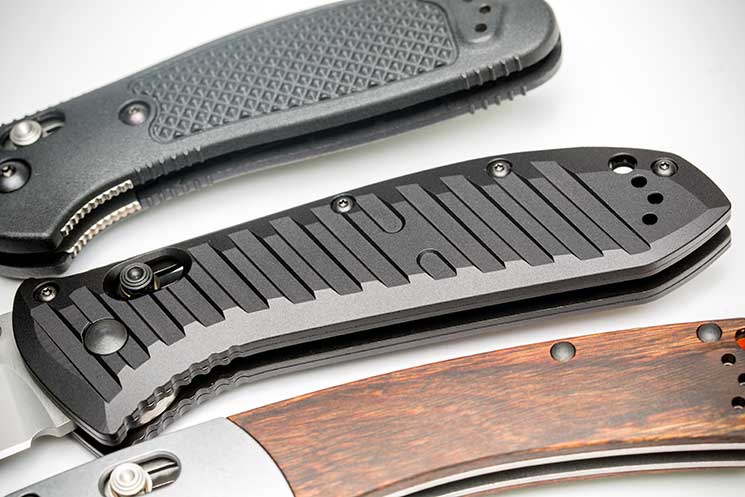
If you’re looking for a folding blade, then you want to carry a quality blade with a strong and reliable locking mechanism. So, moving further down the EDC knife rabbit hole, steel type and handle materials for your folder should be your next consideration.
There is an endless selection of blade steels ranging from very soft to very hard, all with their respective pros and cons. Each blade steel offers differing characteristics in edge retention, strength, toughness and corrosion resistance. Some blade steels will hold a sharp edge for a long time, but such steels also tend to be difficult to sharpen in the field. You might not choose such a blade steel if you find yourself deployed to a remote region for an extended period. Other steels may be strong and tough on one hand, but have poor resistance to oxidation and chemical attack on the other. You would not want to use such a blade steel in salt water or other corrosive environments. The dizzying plethora of handle materials can also make you throw your hands up and yell,” Which one?!”
Luckily there are plenty of charts and graphs out there on the web for you to peruse the good, the bad and the ugly of blade steels and handle materials. An abbreviated generic reference can be found at Midway USA.
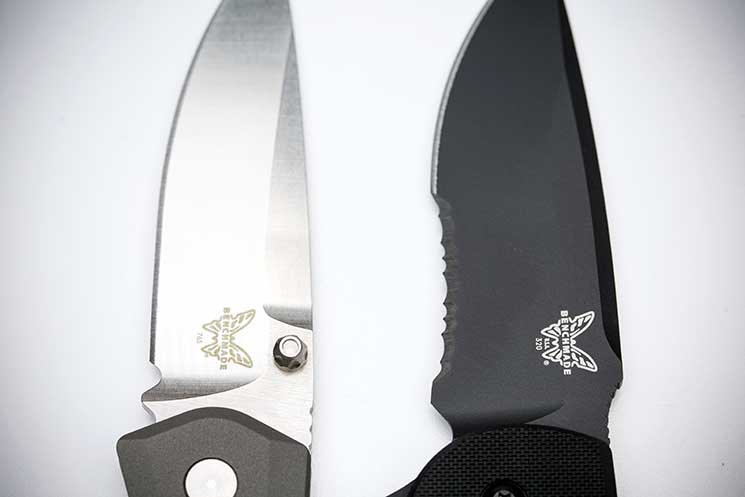
Next is the blade edge—serrated, non-serrated or partially serrated. The answer to this is yet another question “What materials do you plan on cutting?” If you have a fully serrated edge and start cutting material like rolled up 100-percent cotton T-shirts, then it’s only a matter of time before scraps get caught in the teeth and the serrations fail. If you’re trying to cut a thick piece of manila rope or tree bark with a non-serrated edge, good luck with that! If you’re looking for an overall multi-use EDC knife, my recommendation would be half serrated.
Opening mechanisms, (what makes the blade move from its carry position inside the handle to the open position), vary from manual, assisted, partial assisted, full auto and in every imaginable configuration. You could spend hours at your favorite knife dealer exploring the varying options.
Choosing an opening mechanism will directly affect the ease and speed with which you are able to open your EDC knife. Can you open it with one hand and/or one motion? Do you have a disability or limitation in dexterity, necessitating a knife that opens with the simple push of a button? Once open, how easy is it to close? Auto and assisted-open knives deploy fast and easy, but being spring-loaded, they require two hands to close.
Locking mechanisms (what keeps your blade locked in the open position so it doesn’t close on your hand when you use it) vary but basics are liner locks, back locks, axis locks, button locks and frame locks.
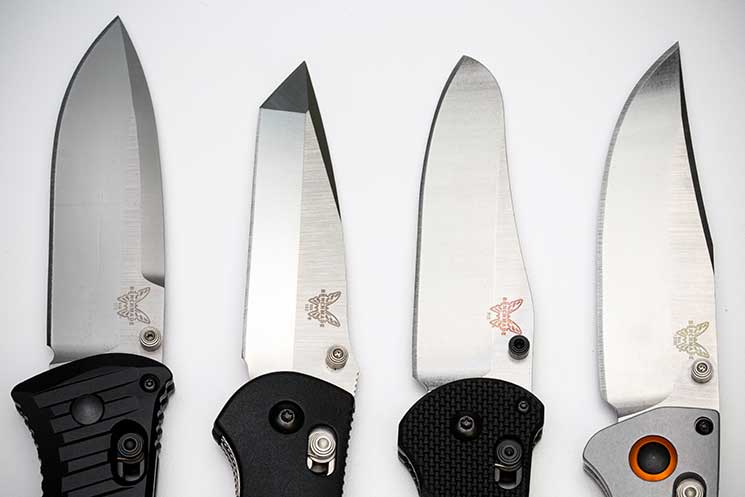
In addition to all the above is blade shape and grind. Blade shape is the geometric shape where again, function dictates form as each blade shape has a pro and a con based on what you’re planning to do with it. The most common are Drop Point, Clip Point, Spear Point, Sheep’s Foot, Tanto and the curved blade. Grinds can include flat, beveled, chisel and hollow.
Last, but certainly not least, is initial cost and overall cost of ownership. What is the life expectancy of your choice? How often will it require maintenance, and what level of customer service do you expect/desire from the manufacturer? How much you’re willing spend on your EDC knife can determine your range of quality to include materials and functionality. Best bang for your buck? Do your homework online first and then get to a dealer. Nothing beats feeling how well it fits your hand, comfort of usage and that overall cool-guy factor.













